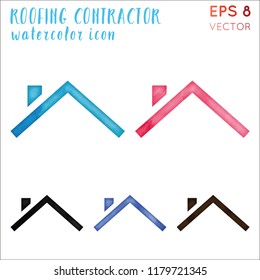Seasonal Considerations For Commercial Exterior Paint: What You Need To Know
Seasonal Considerations For Commercial Exterior Paint: What You Need To Know
Blog Article
Composed By-McLamb Rodriquez
When you're preparing an industrial external painting job, seasonal factors can make or break your outcomes. You'll wish to take into consideration exactly how temperature level and moisture impact paint application and drying times. Picking the ideal period can ensure your paint adheres properly and lasts longer. Yet which seasons are absolutely the very best for this kind of job? Let's discover the key elements that can impact your project's success.
The Impact of Temperature Level on Paint Application
When you're intending an industrial exterior painting job, the temperature level can significantly influence how well the paint adheres and dries.
Preferably, you want to repaint when temperatures vary in between 50 ° F and 85 ° F. If it's too cold, the paint might not treat appropriately, causing concerns like peeling or fracturing.
On the other hand, if it's as well warm, the paint can dry out also quickly, preventing appropriate attachment and leading to an uneven finish.
You should also consider the time of day; early morning or late afternoon offers cooler temperatures, which can be more positive.
Always check the maker's referrals for the certain paint you're utilizing, as they commonly provide guidance on the excellent temperature array for optimal results.
Humidity and Its Result on Drying Times
Temperature isn't the only environmental element that influences your industrial external painting project; moisture plays a considerable role too. High humidity levels can decrease drying out times considerably, impacting the general high quality of your paint work.
When the air is saturated with dampness, the paint takes longer to heal, which can lead to problems like inadequate bond and a higher risk of mold development. If you're painting on a particularly moist day, be gotten ready for extended delay times in between coats.
It's important to keep track of neighborhood weather and plan appropriately. Ideally, go for humidity degrees in between 40% and 70% for optimal drying.
Maintaining these factors in mind guarantees your task stays on track and provides a long-term finish.
Best Seasons for Commercial Outside Painting Projects
What's the very best season for your business outside paint tasks?
interior painters near me and early autumn are commonly your best choices. During these seasons, temperature levels are moderate, and moisture degrees are typically lower, developing excellent problems for paint application and drying out.
Avoid summer's intense heat, which can create paint to dry as well swiftly, causing bad bond and finish. Similarly, winter season's chilly temperatures can impede correct drying and curing, taking the chance of the long life of your paint job.
Aim for days with temperature levels in between 50 ° F and 85 ° F for optimal results. Remember to check find out here forecast for rain, as damp conditions can spoil your project.
Preparation around these elements ensures your painting task runs efficiently and lasts longer.
Conclusion
To conclude, planning your industrial outside paint projects around seasonal considerations can make a considerable difference in the outcome. By organizing job throughout the optimal temperatures and moisture levels, you'll make sure far better attachment and drying out times. Remember to keep an eye on local weather report and pick the right time of year-- spring and very early fall are your best bets. Taking these actions will certainly assist you accomplish a sturdy and professional finish that lasts.
